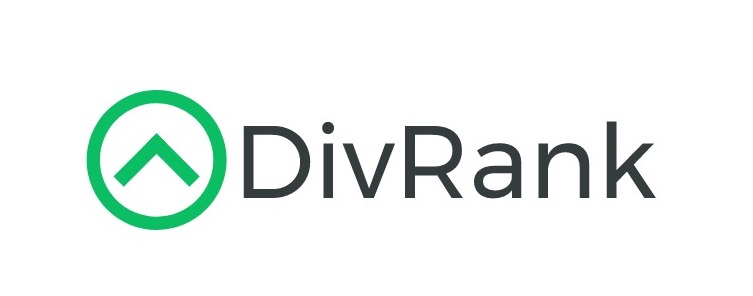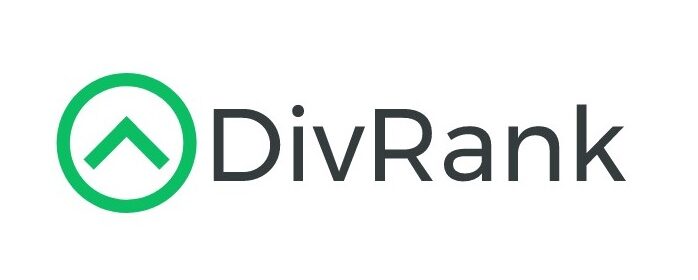For investors who value both innovation and steady income, a select group of tech companies stands out by delivering reliable dividend growth year after year. These firms have not only kept pace with rapid industry changes, but have also built strong enough financial foundations to support more than 15 consecutive years of dividend increases.
KLA Corp – 15 Years
KLA Corporation plays a vital role in the semiconductor industry, supplying the precision tools chipmakers rely on for production and quality control. With accelerating demand from AI, high-performance computing, and advanced packaging, KLA is well-positioned in a pivotal growth cycle. Financially, the company continues to outperform, posting nearly 30% year-over-year revenue growth and over 80% earnings growth in its most recent quarter.
Its dividend profile is equally strong. The forward annual dividend is $7.60 per share, with a yield of 1.00% and a conservative payout ratio under 23%. Backed by $3.51 billion in free cash flow, KLA maintains both dividend growth and capital returns through buybacks. The company has increased its dividend annually for over a decade, often at double-digit rates.
While the total debt load exceeds $6 billion, it’s offset by $4 billion in cash and consistent cash generation. Analyst ratings remain broadly positive, with a consensus “Moderate Buy” and an average price target near $800. Risks include exposure to China and the cyclical nature of semiconductor spending.
L3 Harris – 24 Years
L3Harris Technologies remains a solid force in the defense and aerospace space, combining a history of technical excellence with a disciplined approach to growth, innovation, and shareholder returns. Formed through the merger of L3 Technologies and Harris Corporation, the company has become a trusted provider of advanced sensors, secure communications, and missile technology. Earnings recently jumped 36.4% year-over-year, reflecting cost control and margin strength, even as revenue declined slightly. The stock has responded positively, climbing over 4% in a single session to around $248.
LHX’s dividend strength is a major appeal for income-focused investors. With 24 consecutive years of increases, a forward yield of 2.02%, and a payout ratio around 55%, the company balances reliability with room for continued growth. Cash flow is strong, with $2.27 billion in free cash flow supporting dividends, buybacks, and debt repayment.
Operationally, the business remains steady, with margin improvements and strategic shifts helping offset flat revenue. Analysts remain cautiously optimistic, with a consensus rating of “Moderate Buy” and an average price target near $256. Risks include reliance on government contracts, integration of acquisitions, and cybersecurity exposure.
Still, for those seeking low-volatility income and a stake in defense modernization, L3Harris stands out as a dependable long-term holding.
IBM – 29 Years
IBM has undergone a significant transformation, shifting away from its legacy hardware roots and embracing AI, hybrid cloud, and enterprise software. Under CEO Arvind Krishna’s leadership, key platforms like Red Hat and watsonx have moved to the forefront, supporting a renewed strategy that aligns with the demands of modern enterprise technology. Over the past year, IBM’s stock has surged nearly 58%, far outperforming the broader market as investors buy into its AI-driven future.
Despite modest revenue growth and a notable earnings decline last quarter, IBM’s free cash flow remains a key strength. With $13.65 billion in operating cash flow and nearly $12 billion in free cash flow, the company continues to comfortably fund its dividend—now in its 29th consecutive year of growth. The current forward yield is 2.52%, and while the payout ratio exceeds 100%, the dividend is well-covered by cash, not earnings.
IBM also benefits from a low beta, offering stability in turbulent markets. Risks remain, particularly around its heavy debt load, competition in AI, and execution challenges in consulting. But with a strong cash position and increasing traction in cloud and AI, IBM presents an attractive option for investors seeking a reliable dividend and exposure to future-focused technology.
HP Inc – 15 Years
NOTE: HP released earnings on 5/28 and guided lower than expectations. See more here.
HP Inc. continues to appeal to income-focused investors by delivering strong dividends, consistent free cash flow, and conservative financial management. With a forward yield of 4.10% and a payout ratio around 40%, the dividend is well-supported and has grown steadily since HP became a standalone company in 2015. Annual free cash flow of $3.27 billion comfortably covers its $1.16 per share dividend, even as earnings saw a 9.2% dip. This financial discipline underscores HP’s commitment to shareholders.
Despite an 8% stock decline over the past year, HP remains resilient, supported by stable revenue and growing demand in AI-enabled PCs. Leadership under CEO Enrique Lores is focused on innovation and supply chain diversification, positioning HP to stay competitive in a shifting tech environment. The company expects AI-enabled PCs to account for 25% of shipments by year-end and is moving more manufacturing out of China to reduce geopolitical risks.
HP’s stock trades near $28 with a low forward P/E ratio of 7.2, signaling an undervalued income opportunity. Analysts remain cautious, rating it a “Hold,” with price targets reflecting mixed sentiment. While challenges persist in printing and PC markets, HP’s dependable cash flow, shareholder returns, and operational focus make it an attractive option for income-seeking investors seeking yield and stability in a maturing tech name
.

